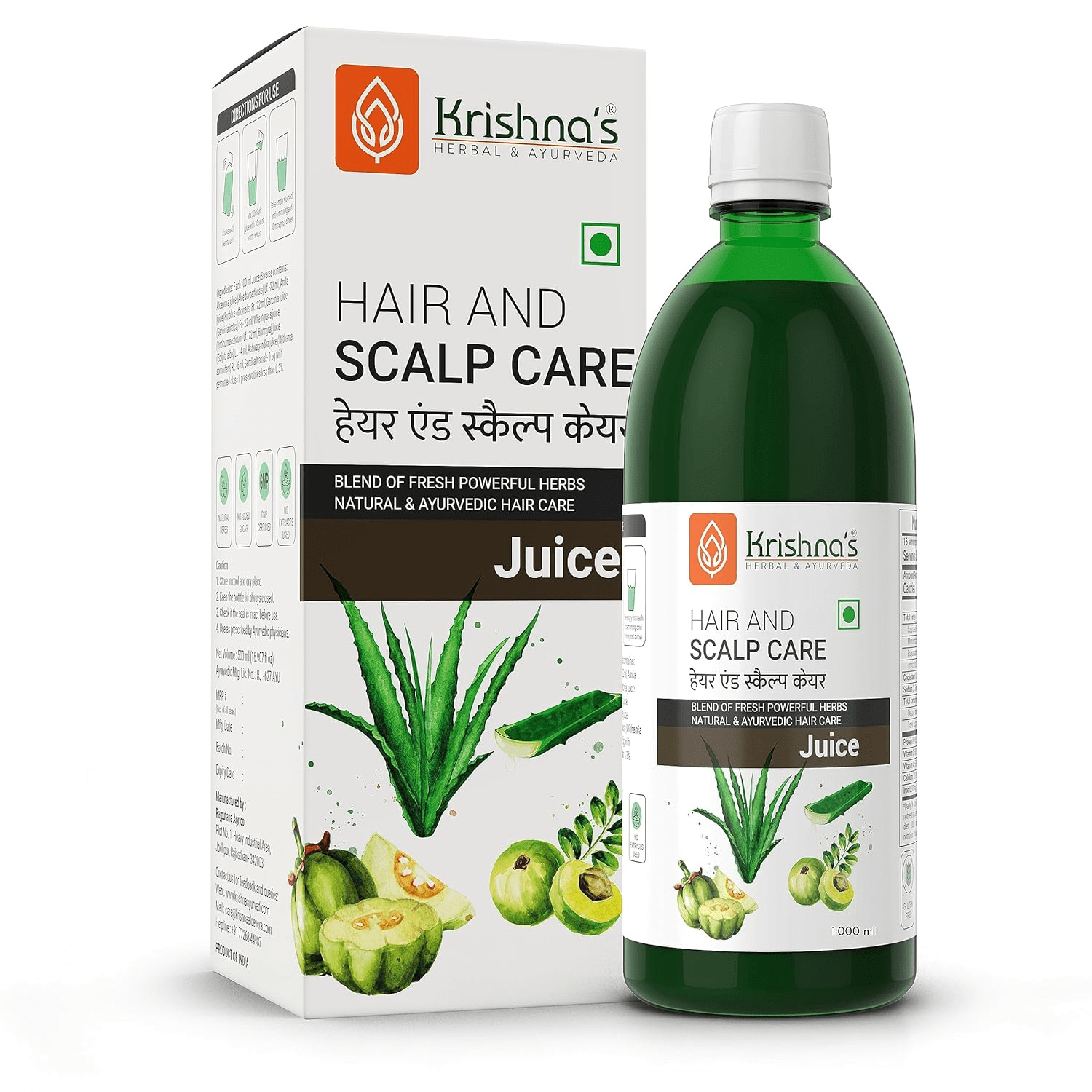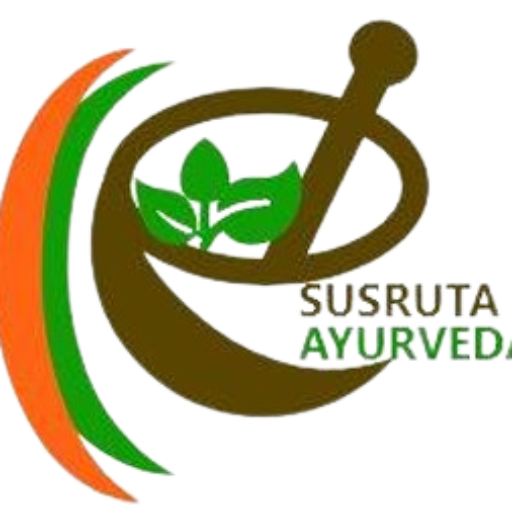In this modern era, there is a remarkable increase in the number of wound cases, where the treating modalities like antibiotics, and local management is not sufficient for wound healing. Along with this, a well-balanced diet pattern is needful. A balanced diet plays an important role in the wound healing process. Nutritional support needs to be considered a fundamental part of wound management. Poor nutrition before or during the healing process may delay healing and impair wound strength. Nowadays wounds and their healing are the most important problem facing in surgical practice because of a number of patients suffering due to impaired wound healing due to improper nutrition. A wound causes a number of changes in the body that can affect the healing process, including changes in energy, protein, carbohydrate, fat, vitamin, and mineral metabolism. hydrate, fat, vitamin, and mineral metabolism.
An introduction to Vrana
Vrana is the most important and widely described chapter of Shalya Tantra. Vrana (wound) is one of which has been managed by human beings from starting of civilization. Under the circumstances, the first thing which the men came across was the injury from different sources which caused him the wound/Vrana. Vrana is seen as a debilitating and scary disorder, usually seen affecting the human being at any age. Well-balanced nutrition plays an essential role in wound healing.
Acharya Sushruta has mentioned that the diet plays an important role in the wound healing process, so Sushruta described the diet for the person suffering from the wound, and explained it. Pathya refers to that which gives relief to the person by the use of diet, regimen, and medicine. On the contrary, Apathya aggravates the disease. The Pathya and Apathya are effective tools in Ayurveda for diagnosis as well as management of diseases.
Wound healing
When there is damage to connective tissue, it is important to address the nutritional requirements for the synthesis of both the collagen fibers and the proteoglycans. Collagen fiber and proteoglycan synthesis are dependent on the supply of nutrient building blocks, such as amino acids and amino sugars. Vitamins and minerals are also needed for the many enzymatic reactions involved in connective tissue rebuilding. Some of the nutrients that are involved in connective tissue repair and wound healing are Carbohydrates, Proteins, Amino acids, vitamins A, D, E, iron, minerals, in other important factors fluid maintenance/hydration is important in wound healing.
Dietary Instructions-
Dietetic constituents, as prescribed by Acharya Sushruta, should be advised for quicker healing and avoiding complications. The diet of a patient entertaining an open wound should preferably consist of Laghu Ahara (light diet) in small quantities. Food always should be taken freshly cooked with fatty articles (especially cow ghee). Above all digestive upsets should be avoided.

Do’s
Pathya Ahara as mentioned in Ayurveda (Diet to be taken/ followed) Purana shastika Shaali (old stored rice), Jaangala mamsa (less fatty chicken), Jeevanthi shaaka (leafy vegetable called Leptadenia reticulata), Tanduleeyaka shaaka (red variety of Amaranthus leafy vegetable), Vaastuka (green leafy vegetable, ie. Chenopodium album), Baalamulaka (tender radish), Vaartaka (Brinjal), Patola (bitter variety of snake gourd), Karavellaka (bitter gourd/Momordica charantia), Daadima (pomegranate), Grutha bhrusta Amalaki (gooseberries fried in cow ghee), Saindhva lavana (potassium chloride), Purana sarpi (old stored cow ghee), Mung (Greengram/Phaseolus mungo), Vilepi (thick rice gruel), Srutha jala (cold water/potable drinking water). These vegetables and fruits are to be taken more during the wound healing process as mentioned in Ayurveda.
Tanduleeyaka, Vastuka, Jeevanti, Sunnishnnaka are green leafy vegetables that have Mutravirechniya, Deepana, Pachana properties. These are rich sources of these High fibers, carotenoids, and micronutrients as antioxidant, immunomodulating properties, which help to nutritional support for healing promotions. Vartaka, Patol, Karvellaka, and Karkotak are vegetable fruits having Agnideepana, Pachana, Kaphapittahara properties. These are also rich sources of fiber, amino acids. Yava, Godhuma, Sashtika Shali are having Balya, Kapha-Vatahara, and Ruchya properties. Aamlaka and Dadima fruits are also Ruchya, Deeepana with a rich source of Vitamin C, which is a co-factor in collagen synthesis for proper wound healing. Yusha of Masura, Tuvari, and Mudag have Laghu, Ruksha, Madhura, Grahi, and Kapha-Pittahara properties. Srita Jala is also Laghu and Deepana. Jangala Mansa Rasa is rich in protein which has a significant role in collagen synthesis and wound maturation. Ghrita provides Vitamin A and D required for collagen synthesis.
Cupping Therapy: Know About Ayurveda Origin
Don’ts
Apathya Ahara as mentioned in Ayurveda (Diet not to be consumed) Nava dhanya (newly harvested grain/cereals), Masha (black gram), Tila (sesum oil), Vishama bhojana (intake of food at an inappropriate time), Ati-bhojana (excessive eating), Anista bhojana (undesirable food), Upavasa (fasting), Viruddha bhojana (incompatible food), Adhyashana (eating when the previous meal is not digested), Kulattha (horse gram), Nishpava (variety of pea), Amla-lavana-katu rasa (sour salty & pungent foods), Vallura mamsa (dried meat), Shushka shaaka (dried vegetables), Vasaa (animal fat), Sheetodaka (cold water), Madya (variety of alcohols) Asuri (mustard seeds), Mulaka (radish, which is not tender one) are pooyavardhaka (suppurative) and Doshajanaka (increases tridosha/humor). So, these are to be avoided during the wound healing time as mentioned in Ayurveda
Nava Dhanya, Tila, Masha, Ksheera, Ikshu Vikriti are Guru, Snigdha and Kapha-Pitta Vardhaka, Kleda Vardhaka that’s why contraindicated in wounded person.
Take-Home Message
Optimizing nutrition is important to best-practice care in wound management. This can be achieved by providing the individual with adequate calories and nutrients, preventing protein-energy malnutrition, and promoting wound healing. Implementing the nutritional plan and providing appropriate nutritional support to the individual, helps to enhance the process of wound healing. Acharya Sushruta described the diet to help in wound healing in Sushrut Samhita. Eating a diet rich in fresh fruits, vegetables, seeds, legumes, and whole grains will also help to ensure an abundance of phytochemicals, natural plant-based chemicals that may promote health and healing. By combining knowledge of the wound healing process together with best practice provision of nutrition, one can help decrease the morbidity and mortality associated with chronic wounds, as well as reducing their cost and impact.
About Author
Dr. Komal Dhalani
M.S. ( AYU.)








No comment